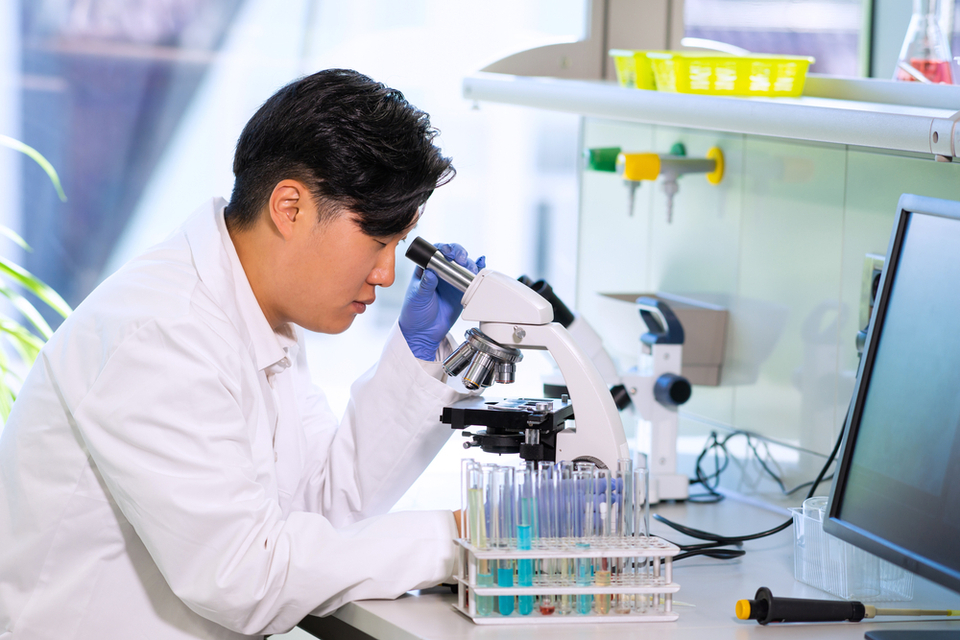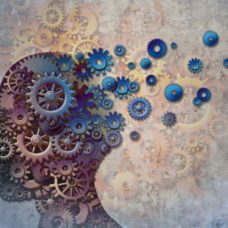A most recent breakthrough in the fields of stem cell research has allowed researchers to coax human stem cells into becoming sensory interneurons.
Sensory interneurons are the cells that enable us to feel when we touch objects. They allow humans to experience the world through the sense of touch. Aside from giving us tactile experiences and memories, these cells are also responsible for keeping us safe from danger by sending quick signals to our brain.
@UCLA researchers used stem cells to create sensory interneurons.Click To TweetUnfortunately, this gift can be taken away easily in a snap by some medical conditions like paralysis. However, researchers from the Ell and Edythe Broad Center of Regenerative Medicine and Stem Cell Research at UCLA have, for the first time, allegedly turned human stem cells into sensory interneurons.
In a paper published last week in the journal Stem Cell Reports, UCLA associate professor of neurobiology Samantha Butler and her colleagues explained how their work on stem cell research could help people with paralysis recover their sense of touch.
Turning Stem Cells Into Sensory Interneurons
According to Butler, a spinal cord injury (SCI) can affect both the human sensory and motor systems, which often leaves a person emotionally and physically debilitated. In the United States alone, paralysis caused by SCI is estimated to affect more than 5 million Americans and has cost the government over $40 billion USD in annual health care budget.
The researchers emphasized that for the longest time, medical studies have particularly been focused on treating the motor systems of SCI patients.
“The field has for a long time focused on making people walk again,” Butler said. “Making people feel again doesn’t have quite the same ring. But to walk, you need to be able to feel and to sense your body in space; the two processes really go hand in glove.”
To date, stem cell-derived motor neurons (MNs) have provided researchers the opportunity to understand the pathology of motor diseases and muscular atrophy. But, it fails to cover the recovery of a person’s sensory functions.
“While these advances raise the possibility of repairing motor functions in SCI patients, relatively little attention has been given to the recovery of sensory circuits that enable the patient to interpret their sensory environment and modulate motor output,” Butler added.
In an effort to explore possible treatments for damaged sensory systems, the UCLA researchers gathered the principles and information from their previous study, which was published last September in the journal eLife, then applied them to human stem cells in their most recent research.
The team allegedly added proteins to human embryonic stem cells, enabling them to produce two separate types of sensory interneurons: dI1 sensory interneurons, which helps us determine where our body is in relation to our environment, and dI3 sensory interneurons, which enable us to feel pressure.
Also, the research team discovered that they could create the same interneurons by adding molecule signals into induced pluripotent stem cells. The induced stem cells are said to be generated from the patient’s cells which will later on be reprogrammed. This procedure could give researchers more opportunity to explore restorative treatments that will eliminate the risk of body rejection.
Currently, the dI1 and dI3 sensory interneurons are being implanted into the spinal cords of mice to know whether they would be able to adapt to the nervous system and become fully functional.
“This is a long path,” Butler said. “We haven’t solved how to restore touch but we’ve made a major first step by working out some of these protocols to create sensory interneurons.”
Butler and her team’s work is supported by grants from the California Institute for Regenerative Medicine and its Cal State Northridge–UCLA Bridges to Stem Cell Research program, the National Institutes of Health and the UCLA Broad Stem Cell Research Center.



















Stem cells from the most innocent. Disgusting.
Adult stem cells can be sourced from:
Cord blood, umbilical cord blood.
Bone marrow.
Blood, peripheral blood stem cells.
Menstrual blood.
Skin.
Teeth.
Placental tissue.
Indeed. This was not done in the above example.